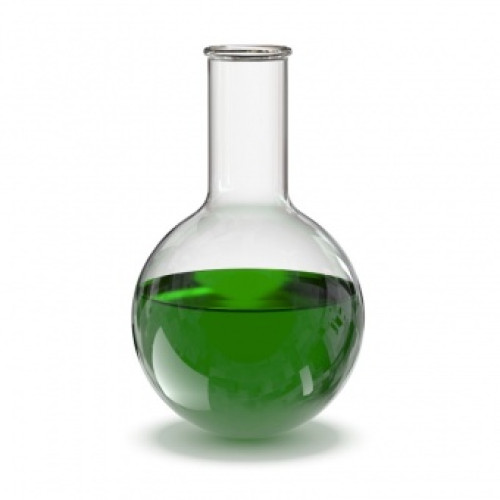Boiling Flask,round bottom
Technical Specifications
Material: Borosilicate glass
Capacity: Ranges from 50 ml to 5000 ml
Neck Size: Standard taper joints available
Thermal Resistance: Withstands temperatures up to 500°C
Dimensions: Varies by capacity; typically has a uniform neck diameter
Weight: Lightweight design for easy handling
available soon
Round Bottom Boiling Flasks: Spherical Geometry That Prevents Violent Eruptions During Reflux Operations
You're twenty minutes into a reflux when your Boiling Flask,flat bottom suddenly erupts, sending solvent halfway up your condenser. I've cleaned up that mess more times than I care to count. Round bottom boiling flasks eliminate this superheating nightmare through geometry that distributes thermal energy across the entire glass surface instead of concentrating it at a single contact point.
Borosilicate 3.3 glass construction handles thermal gradients up to 200°C without developing stress cracks. The spherical shape works with the material's 1.2 W/(m·K) thermal conductivity to spread heat evenly across the entire solvent volume. When you seat a round bottom flask in a heating mantle, you're getting 220-240° of arc contact instead of the maybe 15% surface area you'd see with a Flat-Bottom Flask with Joint sitting on a hotplate.
How Curved Surfaces Eliminate Superheating Hotspots
- Distributed contact area: Heating mantles conform to the flask curvature, spreading thermal input across multiple zones simultaneously rather than hammering one spot
- Reduced temperature variance: All solvent stays within 3-5°C of target temperature instead of creating stratified layers where the bottom is 15-20°C hotter than the top
- Natural convection patterns: The curved surface promotes circular flow that carries heat throughout the volume without requiring aggressive magnetic stirring
- Hundreds of nucleation sites: Each microscopic surface imperfection becomes a controlled vapor formation point—on a 500 mL flask you're looking at 200+ cm² of potential nucleation area versus maybe 40 cm² on flat designs
Wall thickness ranges from 1.2 mm on 50 mL flasks for rapid thermal response up to 2.0 mm on 5 L vessels where structural integrity under vacuum matters more than heat transfer speed. Standard taper joints come in 14/20, 19/22, 24/40, and 29/32 sizes. Most synthesis work uses 24/40 because it balances vapor capacity against overall assembly height when you're stacking condensers and addition funnels.
Even Heat Transfer Across Round Bottom Surfaces
I've run aldol condensations requiring 78°C ± 2°C maintenance for six hours straight—you simply can't achieve that precision with flat geometries because localized overheating throws off your kinetics. The Round Bottom Flask with Ground Joint configuration eliminates grease contamination risks when you're working with organometallics or sensitive coupling reactions.Volume capacity guidelines: Fill to 60% maximum for low-boiling solvents like DCM or diethyl ether, 70% for higher-boiling systems where vapor expansion is less dramatic. Standard sizes run 50-5000 mL. The 50-250 mL range handles method development and natural product work where you're conserving sample. The 500-1000 mL zone covers most preparative synthesis. Short neck versions work great for rotary evaporators where you need compact vertical clearance, while long necks provide space for complex distillation heads or Dean-Stark traps.
Preventing Bumping Through Optimal Flask Shape
Flat surfaces concentrate thermal energy at the base where glass contacts your heat source. Watch a Boiling Flask,flat bottom at reflux and you'll see sporadic bursting from the center where superheated solvent finally overcomes surface tension. Round bottoms eliminate corners entirely, giving vapor an easy exit path from any point on the surface.Continuous vapor release: Fine bubble streams rise from multiple distributed points instead of intermittent bursts that splash product into your condenser. Curved glass requires less thermal input to initiate stable boiling compared to flat surfaces. Lower thermal stress from gradual curvature prevents stress concentration points that lead to star cracks after repeated heating cycles.
Don't try refluxing in a Conical flask with ground section 14/23 even though the joint fits your condenser—conical geometry concentrates vapor at the narrow top, creating back-pressure that forces solvent into your cooling system. A standard Conical flask, narrow neck works for mixing and storage but lacks the thermal distribution needed for sustained heating operations.
Leave a review about product
Sign up to our newsletter to get the latest news and updates about our products.

